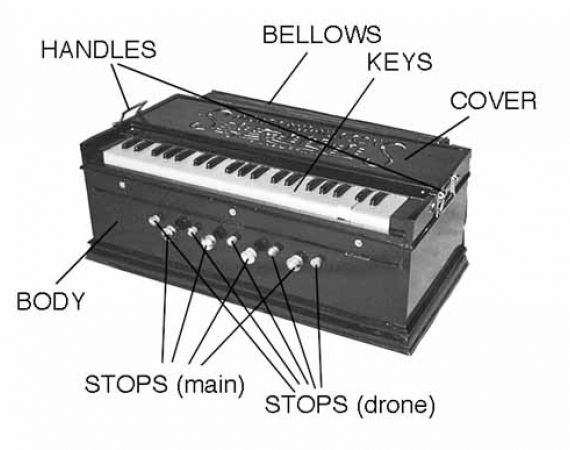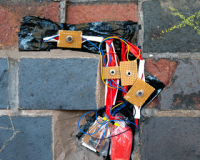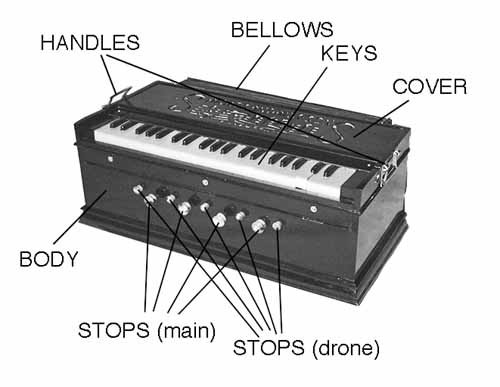Posted on Thu 26 May 2016
Harmonium
So it's like when you're painting your living room and you absolutely, positively decide on Tuscan Sunrise 2 or whatever, and two days later everything's changed and Tuscan Sunrise 2 is the worst thing you've ever seen, and it's all about the Volcanic Splash 4, right?

Posted by
Project

Studio Residencies 2012: Geiger-Muller Sound System
Supported by a Studio Residency writer, performer and composer Timothy X Atack and musician, sound artist and instrument designer MrUnderwood developed a finite kinetic choir.
So it's like when you're painting your living room and you absolutely, positively decide on Tuscan Sunrise 2 or whatever, and two days later everything's changed and Tuscan Sunrise 2 is the worst thing you've ever seen, and it's all about the Volcanic Splash 4, right?
Here's the deal: we were going to be making sound-emitting boxes out of concrete. Now we're thinking: concrete is so yesterday. Now we're looking at making the boxes out of wood.
And the reason: we've latched onto a story. A church harmonium that has been in Tim's family for god knows how many years has succumbed to a final, fatal infestation of woodworm and has been sitting in the back garden, covered in tarpaulin, diseased and forlorn, for over a year. It needs a glorious way to die.
We could take each individual reed from the dying instrument, and encase each note in a new housing, one of our numinous cubes to be scattered across the country. The boxes could be pumped or cranked in order to produce that single tone. Two or more of them gathered together, and you've got a chord.
But there's more: the pumping action could, eventually, trigger another sound. At the moment we're thinking it might be a sound recorded at the location that we leave the box. Treated, somehow, maybe. Something that fades in very gradually around the acoustic note. That way if all these boxes are played in chorus, you'd eventually get a cacophony of field recordings from all over the country, rising up in waves around the chord.
So we're thinking it's a winner. And we're thinking this because it allows Sam to investigate acoustic as opposed to purely electronic instrument building (something that feels like a step forward for him) addresses both our interests in the music of a specific location, and gives Tim a proper emotional hook to build story or myth around the instruments. It becomes about scattering to the wind, about decay and re-distribution, about the music of the spheres. Um... hopefully.
The questions that remain:
- what kind of logic circuits would trigger the additional sound, and what would our playback source be?
- what sort of instruction or metadata do we need to surround the boxes with?
- do we settle upon a removable battery, in an attempt to make these boxes pieces of 'heritage technology'?
- how big will the boxes have to be to function properly as a single-note harmonium?
Any ideas or solutions most gratefully received...
